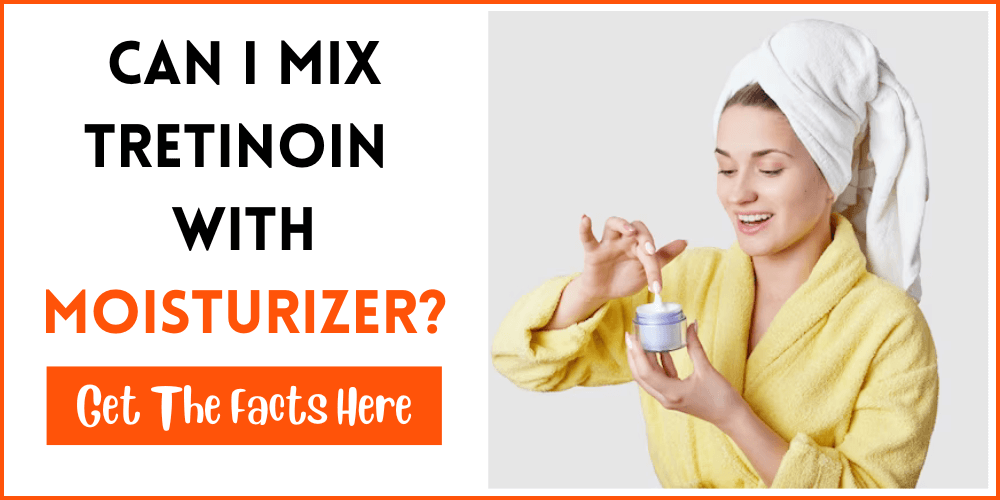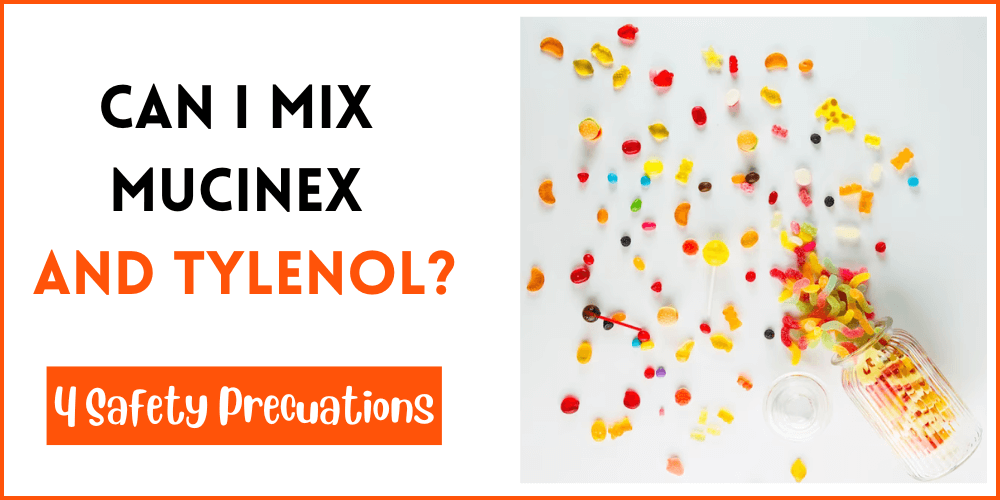
Essential oils have gained immense popularity in the world of natural wellness and aromatherapy. As you venture into the world of essential oils, you may find yourself wondering, “Can I mix essential oils?” In this article, we will provide you with knowledge and insights. You need to blend essential oils for various purposes.
Can I Mix Essential Oils?
Before diving into can I mix essential oils? It’s important to understand the nature of essential oils. These concentrated plant separates are obtained from different pieces of plants. They have unique properties and characteristics. Familiarize yourself with different types of essential oils. Such as citrus, floral, herbal, and woody, to explore their benefits and aromas.
Tools And Techniques For Blending
For your raised question can I mix essential oils, you’ll need a few basic tools. These may include glass bottles, droppers, measuring spoons, and carrier oils. Learn about different methods for blending essential oils. Such as the drop method, percentage dilution, and rollerball application. To find the technique that suits your needs.
Safety Guidelines
Safety is paramount when using essential oils. Dilution and patch testing are crucial practices to ensure safe usage. Discover the importance of diluting essential oils with carrier oils and performing patch tests. To determine any potential skin sensitivities. Familiarize yourself with essential oil safety precautions to prevent adverse reactions. It makes your aromatic journey a positive experience.
Benefits Of Mixing Essential Oils
One of the most exciting aspects of blending essential oils is the potential for synergy. The combined effect of the oils working together. Explore how blending essential oils can enhance their therapeutic properties. To provide a more holistic approach to well-being. From promoting relaxation to boosting focus and energy, blended oils can offer a range of benefits.
Popular Essential Oil Combinations
Ready to create your aromatic masterpiece? Discover some popular essential oil combinations that can elevate your blending game. Explore the harmonious blend of lavender and bergamot for relaxation. Or invigorate your senses with the refreshing combination of peppermint and eucalyptus. Each combination offers a unique aroma and therapeutic potential.
Common Mistakes To Avoid
While blending essential oils can be a delightful experience in can I mix essential oils, it’s important to be aware of common mistakes. Avoid overusing certain oils, as some can be potent and may cause sensitization or adverse reactions. Research the oils you intend to blend and ensure they are compatible with scent and properties.
Related Guides:
What Essential Oils Can Be Mixed?
The ideal essential oil blends depend on personal preferences and desired effects. For relaxation, combine lavender, chamomile, and bergamot. For an energizing blend, try peppermint, lemon, and rosemary. Experiment with small quantities, considering individual sensitivities. Always dilute and consult a professional for specific health concerns.
Can I Mix 6 Essential Oils?
You can mix essential oils, but it’s crucial to ensure compatibility and dilution. Research each oil’s properties, ratios, and potential interactions. Start with a small batch, conduct a patch test, and check for any adverse reactions. Always follow recommended guidelines and consult a qualified aromatherapist if unsure.
How Many Drops Of Essential Oil To Mix?
The number of drops of essential oil to mix depends on factors. Like the oil’s potency, intended use, and personal preference. A general guideline is 1-5 drops per ounce of carrier oil for topical applications. While diffusers may need fewer drops. Start with a small amount and adjust to achieve the desired aroma and effect.
Can We Mix Two Essential Oils For The Skin?
You can mix two compatible essential oils for the skin. Such as lavender and tea tree oil, to create a synergistic blend with combined benefits. Ensure both oils are safe for skin application, perform a patch test, and dilute with a carrier oil. Always focus on skin sensitivity and individual reactions.
Can I Mix Two Essential Oils For Hair?
You can mix essential oils for hair, but it’s crucial to ensure compatibility and dilution. Choose oils that complement each other. Like lavender and rosemary to promote hair health. Always dilute in a carrier oil to avoid irritation. Conduct a patch test and consult a dermatologist if needed for personalized advice.
Final Thoughts:
As you embark on your essential oil blending adventure can I mix essential oils? Remember to approach it with caution, knowledge, and creativity. With a firm understanding of essential oils, and the right tools. With an awareness of safety guidelines, you can experiment and create your unique blends. Discover the joy of combining scents, and harness the therapeutic benefits. Make your aromatic journey an enriching experience. Happy blending!
Sources:
- By Bhawana Sahu, How many essential oils can you mix together? Posted On 24 Apr 2023.



